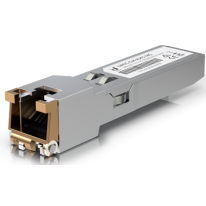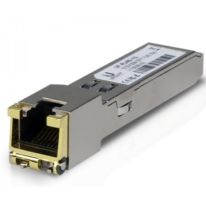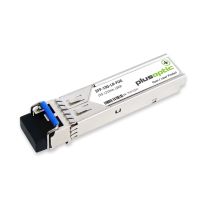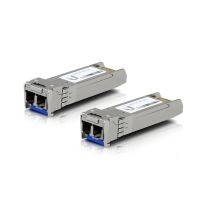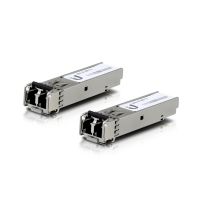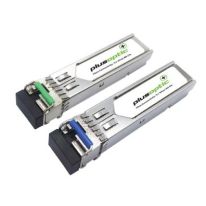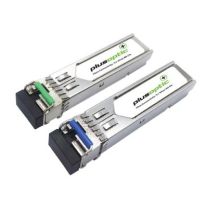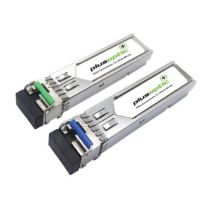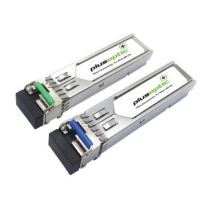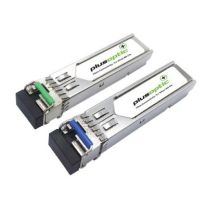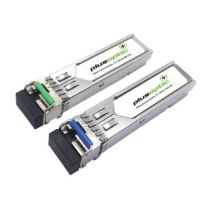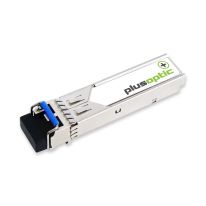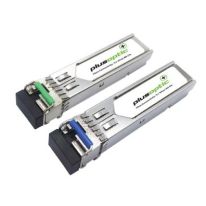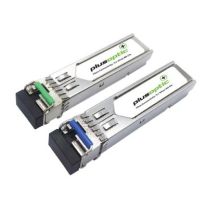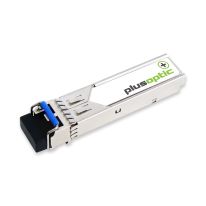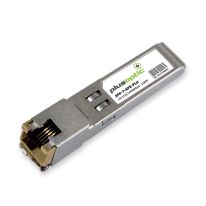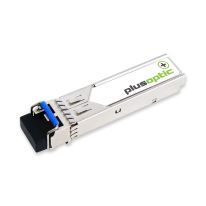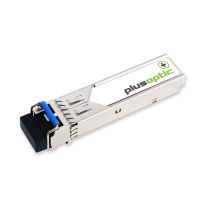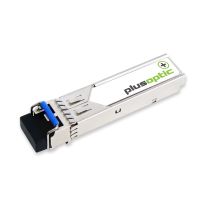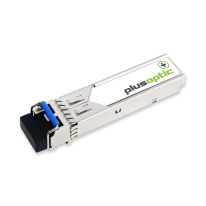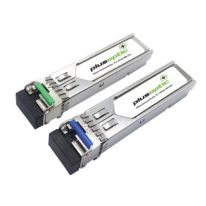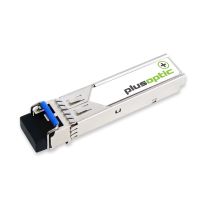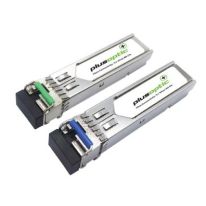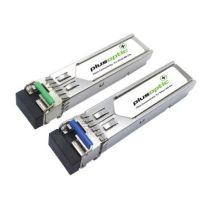-
$167.91 $146.01Out of stock
-
$46.58 $40.50Out of stock
-
SKU: SFP-10G-LR-FOR Fortinet compatible (FG-TRAN-SFP+LR) 10G, SFP+, 1310nm, 10KM Transceiver, LC Connector for SMF with DOM | PlusOptic SFP-10G-LR-FOR$131.10 $114.00
In stock
-
$223.07 $193.97Out of stock
-
$47.81 $41.57Out of stock
-
SKU: BISFP-D-10-PLU Plusoptic 1.25G, BiDi SFP, TX-1490nm / RX-1310nm, 10KM Transceiver, LC Connector for SMF fibre with DDMI | PlusOptic BISFP-D-10-PLU$85.10 $74.00
In stock
-
SKU: BISFP-D-10-EXT Extreme Compatible 1.25G, BiDi SFP, TX-1490nm / RX-1310nm, 10KM Transceiver, LC Connector for SMF fibre with DDMI | PlusOptic BISFP-D-10-EXT$85.10 $74.00Out of stock
-
SKU: BISFP-U-10-EXT Extreme Compatible BiDi SFP, 1.25G, TX1310nm / RX1490nm, 10KM Transceiver, LC Connector for SMF with DDMI | PlusOptic BISFP-U-10-EXT$72.45 $63.00Out of stock
-
SKU: BISFP-U-10-PLU Plusoptic 1.25G, BiDi SFP, TX-1310nm / RX-1490nm, 10KM Transceiver, LC Connector for SMF fibre with DDMI | PlusOptic BISFP-U-10-PLU$72.45 $63.00
In stock
-
SKU: BISFP-D-10-CIS Cisco Compatible (GLC-BX-D-10KM CISCO, GLC-BX-D ) 1.25G, BiDi SFP, TX-1490nm / RX-1310nm, 10KM Transceiver, LC Connector for SMF fibre with DDMI | PlusOptic BISFP-D-10-CIS$85.10 $74.00Out of stock
-
SKU: BISFP-U-10-CIS Cisco Compatible (GLC-BX-U-10KM CISCO, GLC-BX-U ) 1.25G, BiDi SFP, TX-1310nm / RX-1490nm, 10KM Transceiver, LC Connector for SMF fibre with DDMI | PlusOptic BISFP-U-10-CIS$72.45 $63.00Out of stock
-
SKU: SFP-1G-LX-RUGI RUGGEDCOM compatible 1.25G, SFP, 1310nm, 10KM Transceiver, LC Connector for SMF with DOM | PlusOptic SFP-1G-LX-RUGI$72.45 $63.00
In stock
-
SKU: BISFP-U-20-PLUI PlusOptic 1.25G, BiDi SFP, TX1310nm / RX1490nm, 20KM Transceiver, LC Connector for SMF with DOM | PlusOptic BISFP-U-20-PLUI$104.65 $91.00Out of stock
-
SKU: BISFP-D-20-PLUI PlusOptic 1.25G, BiDi SFP, TX1490nm / RX1310nm, 20KM Transceiver, LC Connector for SMF with DOM | PlusOptic BISFP-D-20-PLUI$156.40 $136.00Out of stock
-
SKU: SFP-10G-SR-FOR Fortinet compatible (FN-TRAN-SFP+SR), 10G, SFP+, 850nm, 300M Transceiver, LC Connector for MMF with DOM | PlusOptic SFP-10G-SR-FOR$97.75 $85.00
In stock
-
SKU: SFP-T-GFE-PLU PlusOptic 10/100/1000Mbps, Copper SFP, 100M Transceiver, RJ-45 Connector for Copper | PlusOptic SFP-T-GFE-PLU$104.65 $91.00Out of stock
-
SKU: SFP-1G-LX-WESi Westermo compatible, SFP, 1.25G, 1310nm, 10KM, LC, SMF | PlusOptic SFP-1G-LX-WESi$85.10 $74.00
In stock
-
SKU: SFP-10G-LR-EXTi Extreme compatible SFP+ 10G Transceiver for SMF with a reach of 10KM. Fully compliant with Extreme | PlusOptic SFP-10G-LR-EXTi$143.75 $125.00
In stock
-
SKU: SFP-1G-LX-PLUI PlusOptic (SFP-1G-LX-PLUi) 1.25G, SFP, 1310nm, 10KM Transceiver, LC Connector for SMF with DOM | PlusOptic SFP-1G-LX-PLUI$85.10 $74.00Out of stock
-
SKU: BISFP-D-40-PLUI PlusOptic 1.25G, BiDi SFP, TX1490nm / RX1310nm, 40KM Transceiver, LC Connector for SMF with DOM | PlusOptic BISFP-D-40-PLUI$102.93 $89.50
In stock
-
SKU: BISFP-U-40-PLUI PlusOptic 1.25G, BiDi SFP, TX1310nm / RX1490nm, 40KM Transceiver, LC Connector for SMF with DOM | PlusOptic BISFP-U-40-PLUI$102.93 $89.50
In stock
-
SKU: SFP-1G-SX-PLUI PlusOptic (SFP-1G-SX-PLUi) 1.25G, SFP, 850nm, 550M Transceiver, LC Connector for MMF with DOM | PlusOptic SFP-1G-SX-PLUi$72.45 $63.00
In stock
-
SKU: BISFP-U-20-PLU PlusOptic 1.25G, BiDi SFP, TX1310nm / RX1490nm, 20KM Transceiver, LC Connector for SMF with DOM | PlusOptic BISFP-U-20-PLU$85.10 $74.00Out of stock
-
SKU: BISFP-D-20-PLU PlusOptic 1.25G, BiDi SFP, TX1490nm / RX1310nm, 20KM Transceiver, LC Connector for SMF with DOM | PlusOptic BISFP-D-20-PLU$97.75 $85.00Out of stock
SFP Transceivers
66 Results






